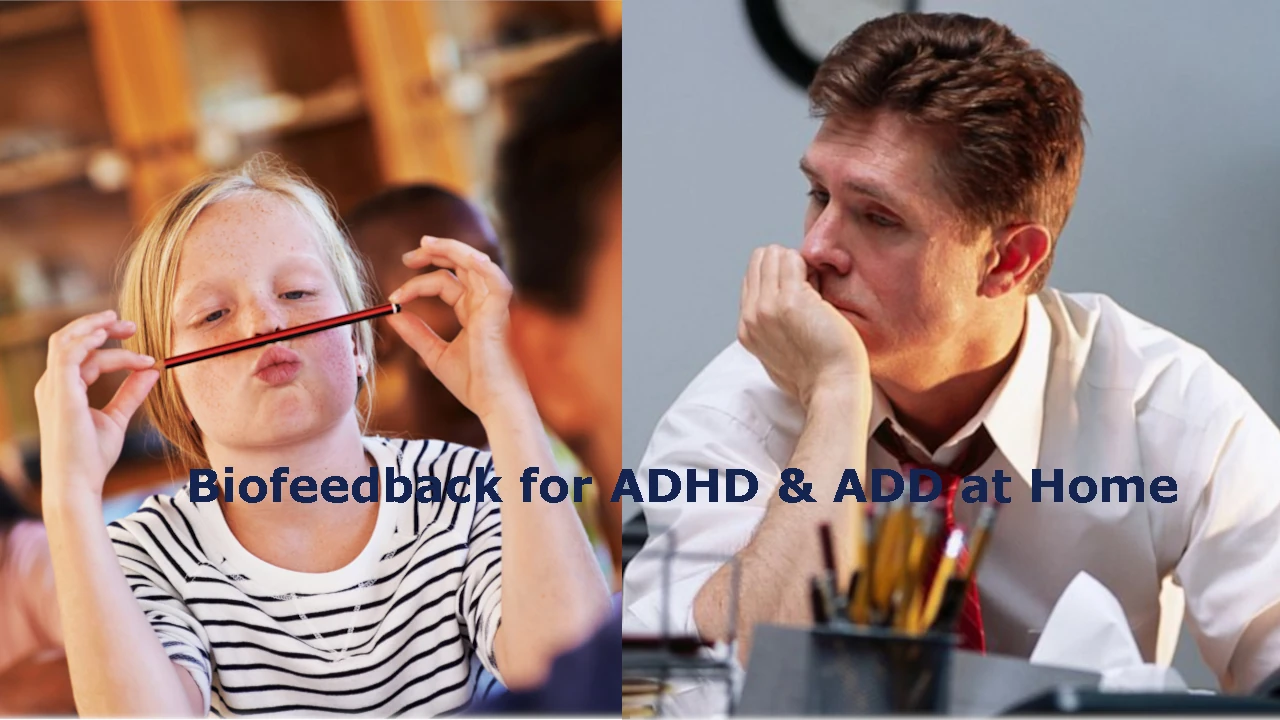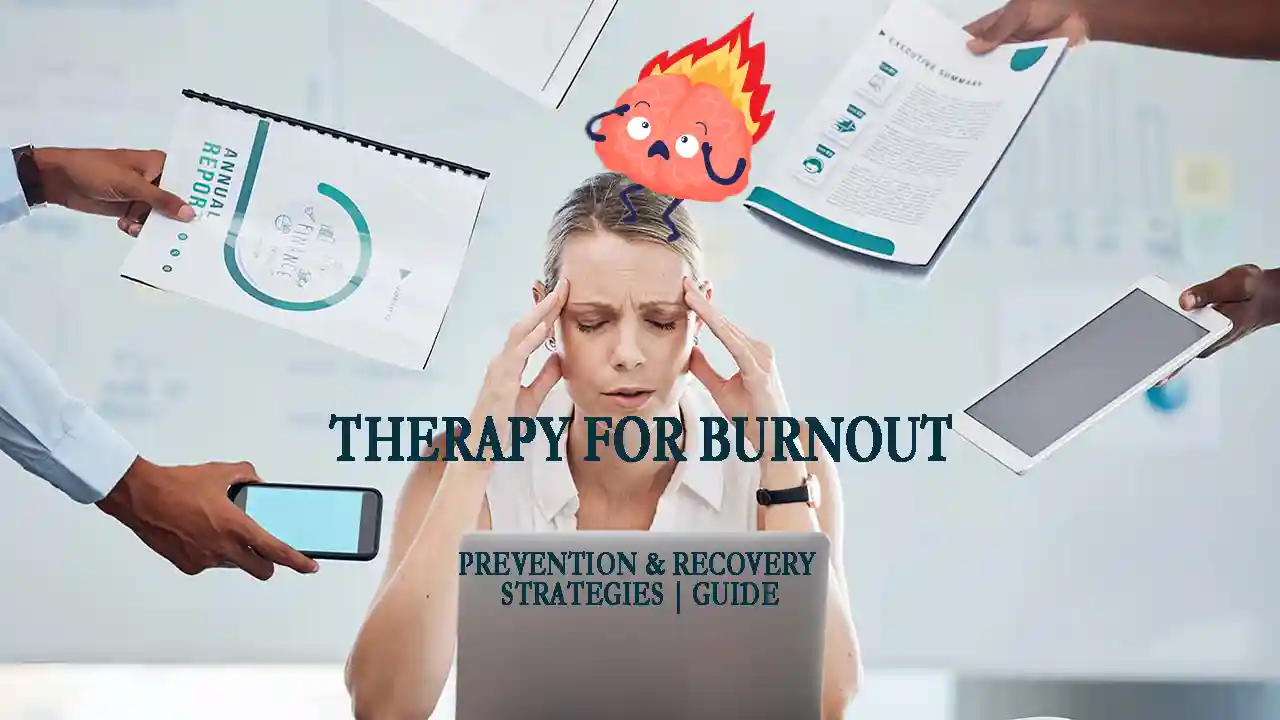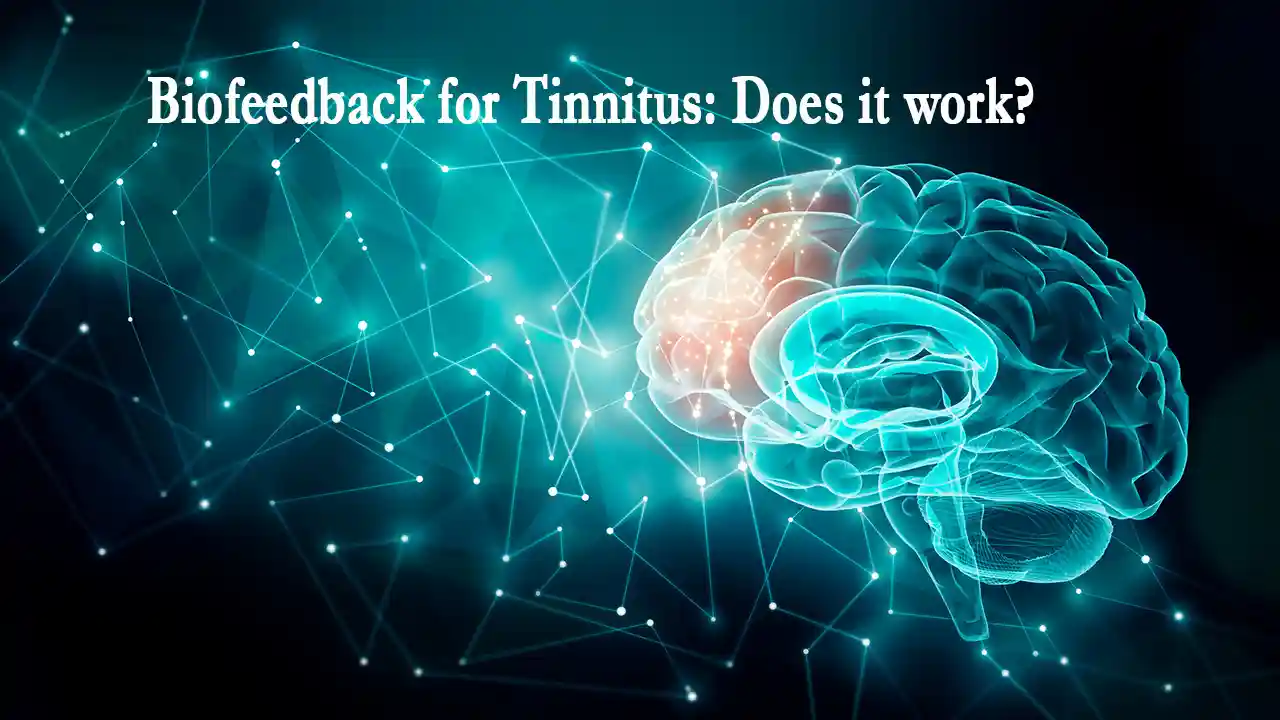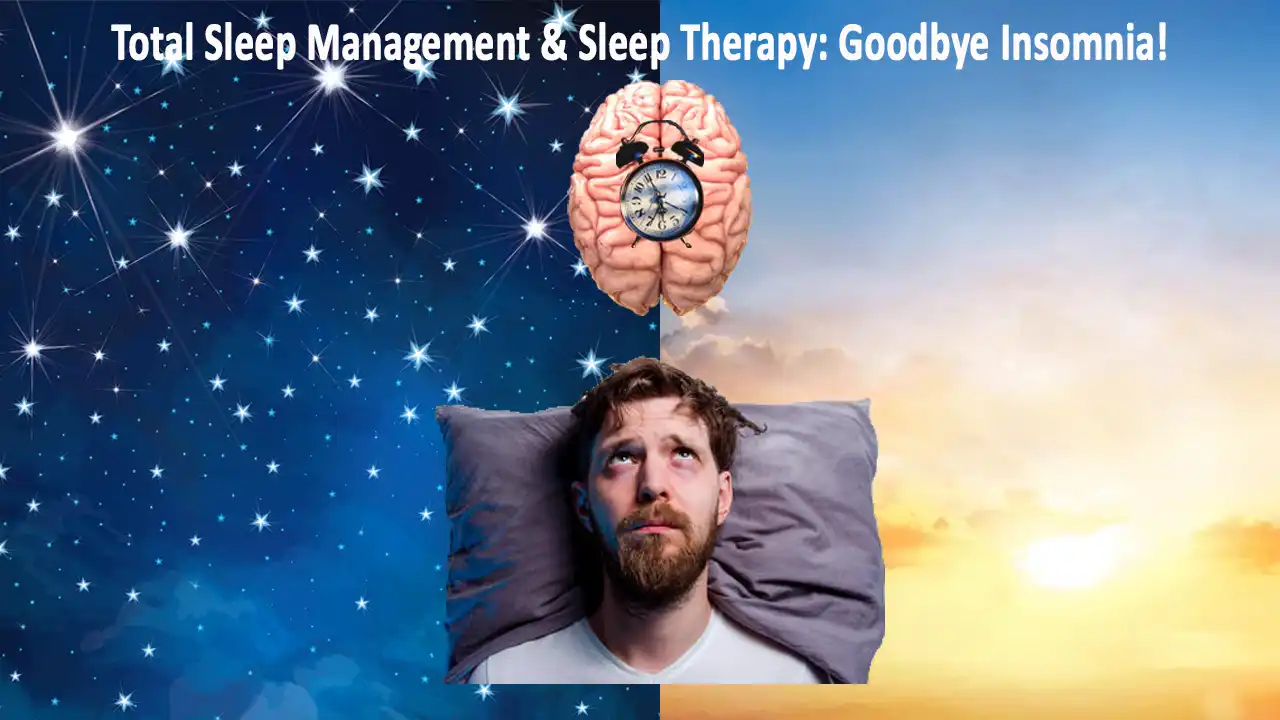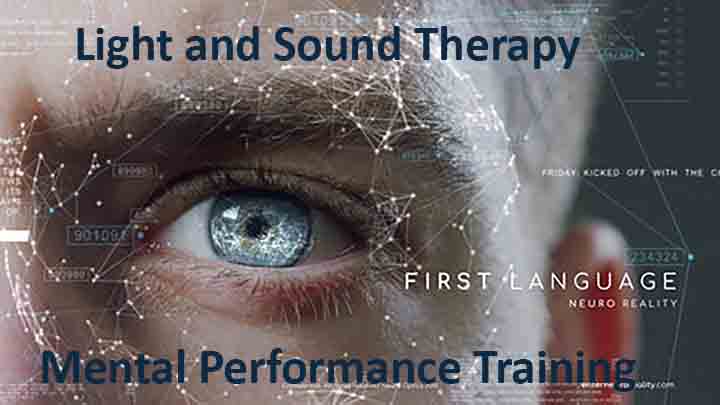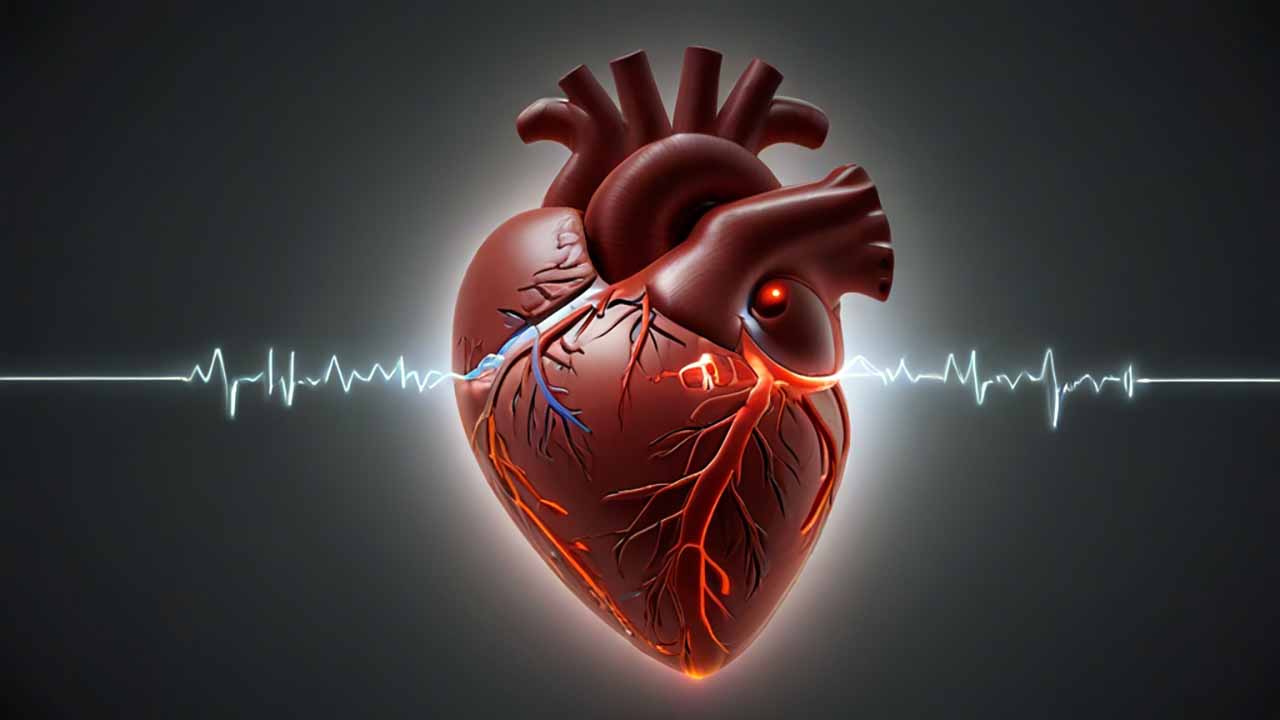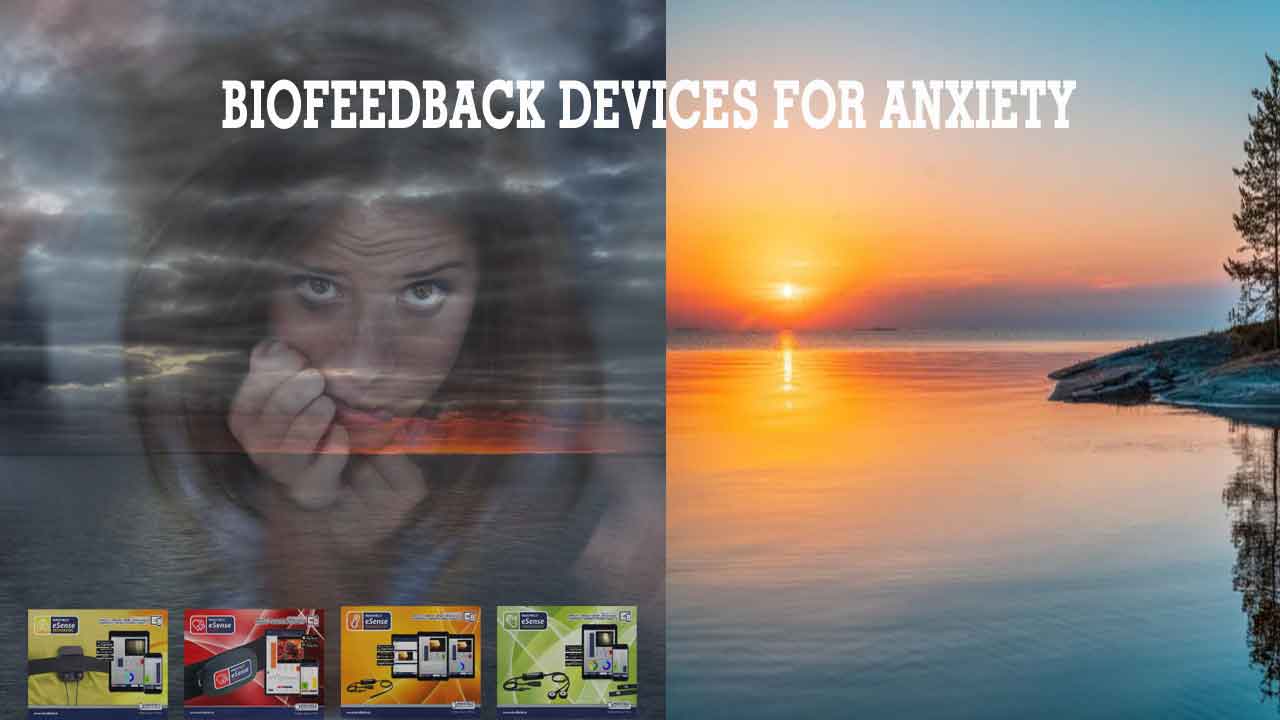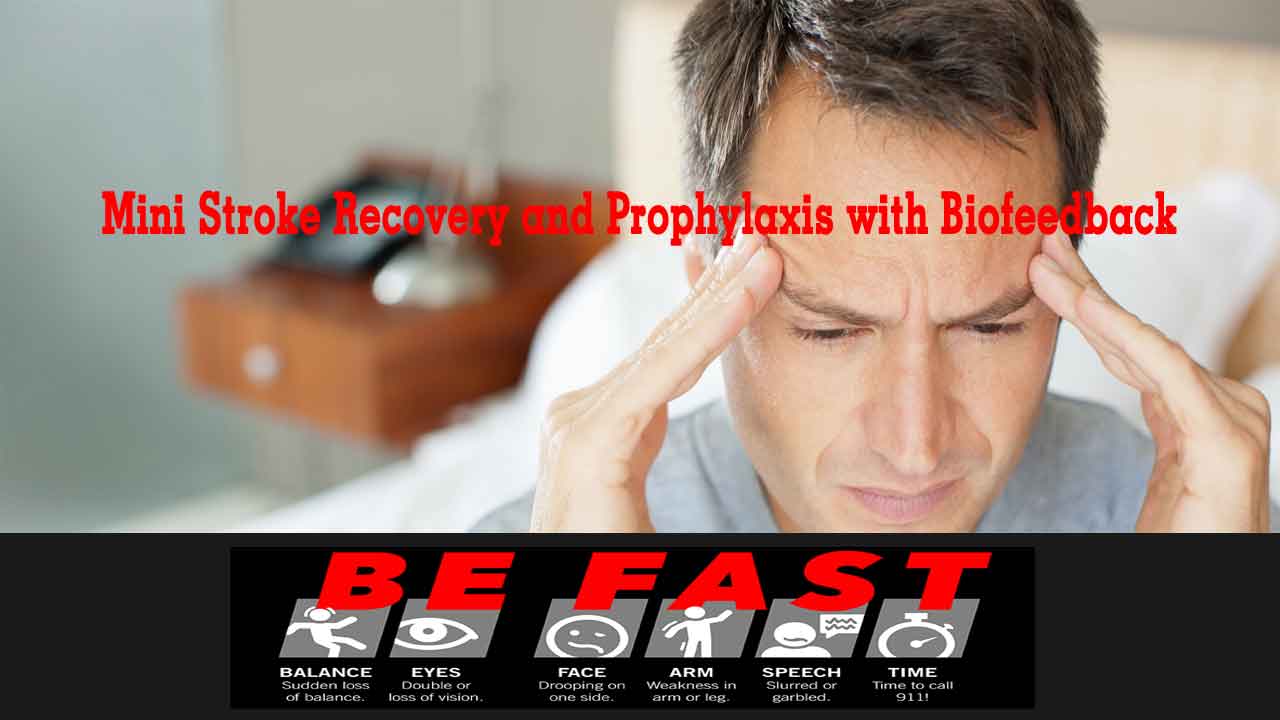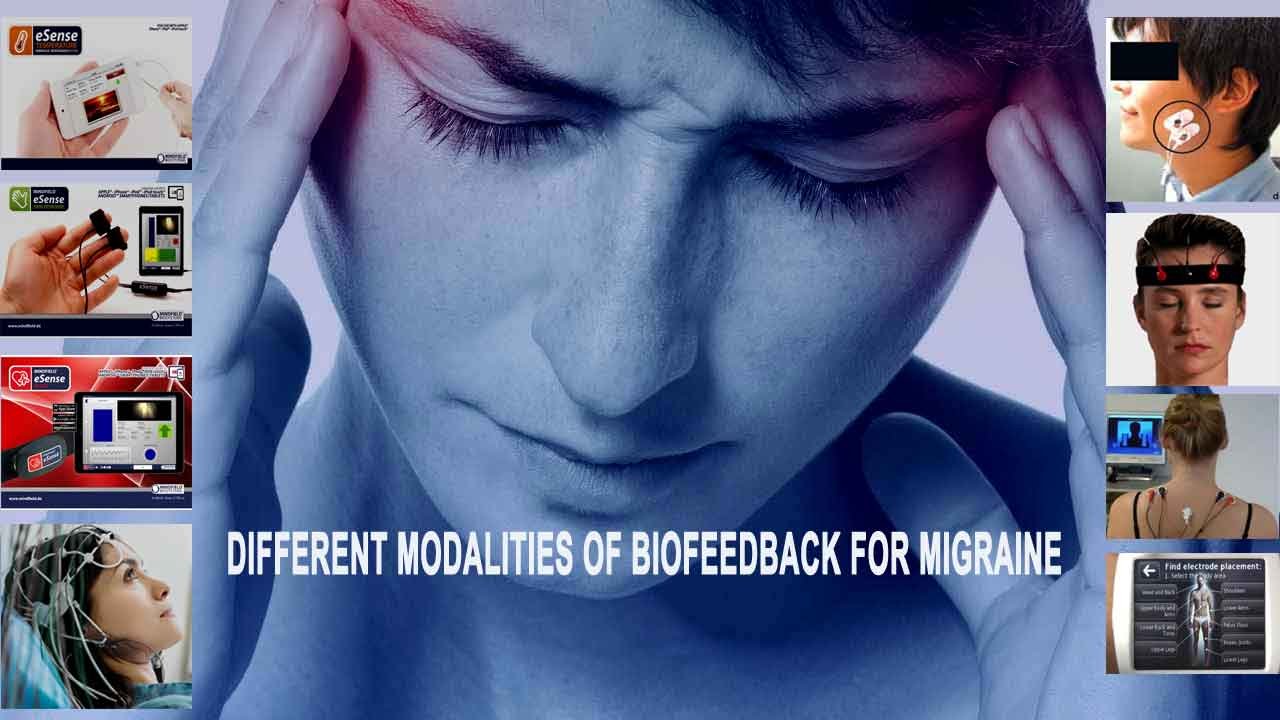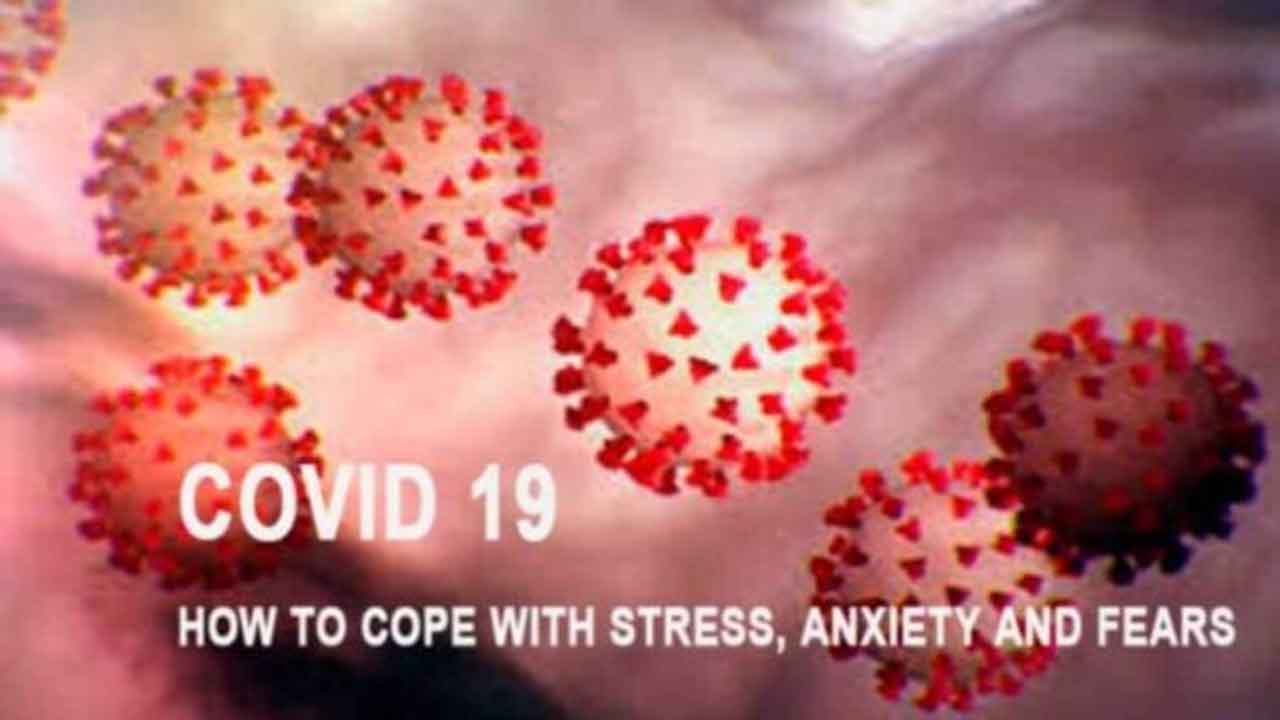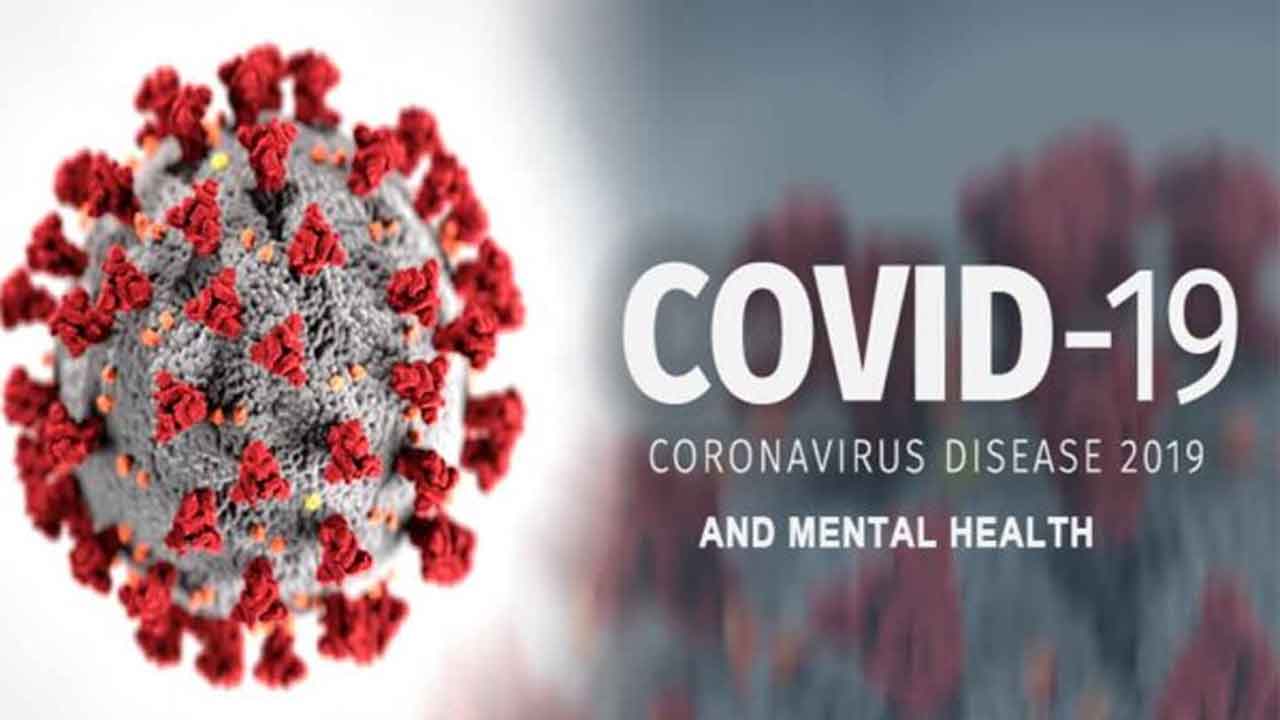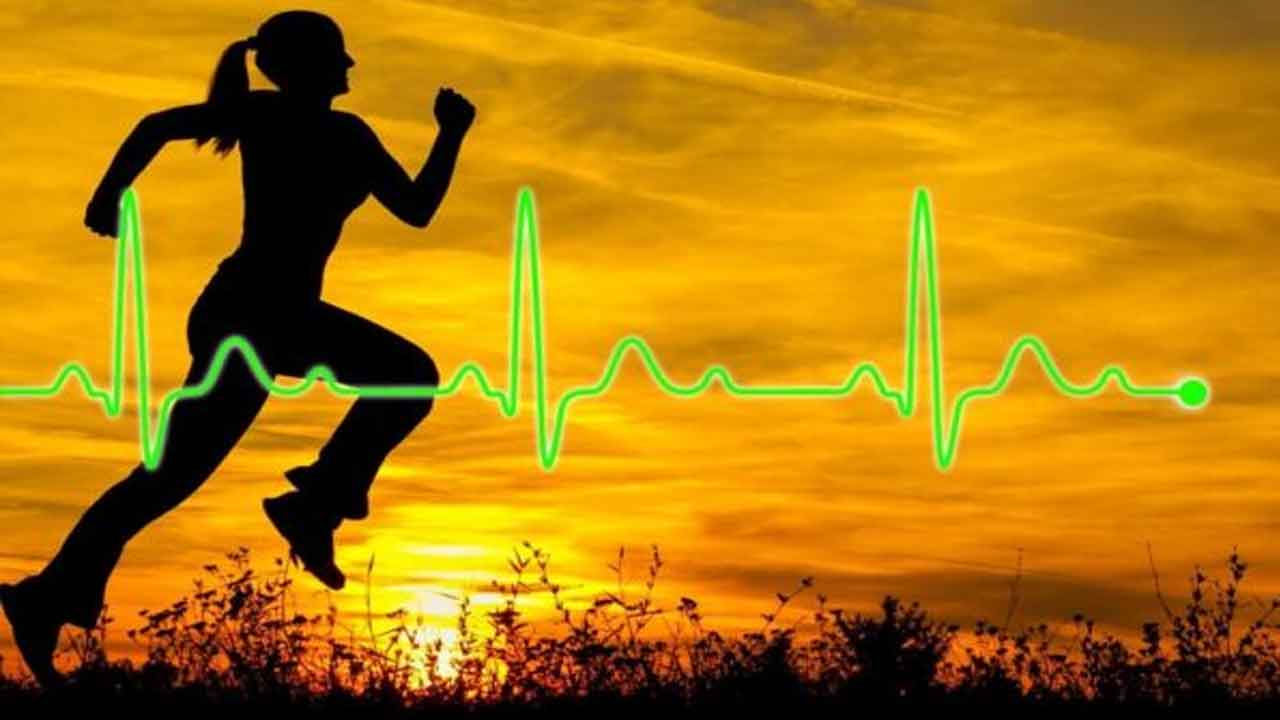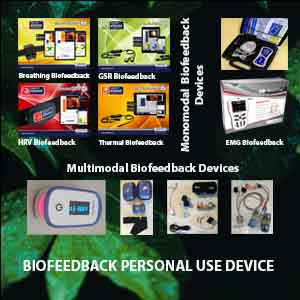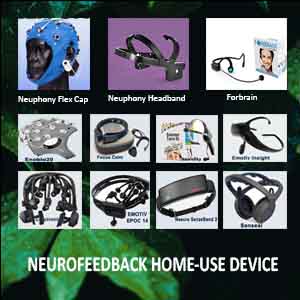Home Biofeedback Device Article Category
Welcome to our definitive home biofeedback devices article category and guides. Discover practical guides for targeted wellness and recovery.
First, explore our detailed articles on specific conditions. Learn how home biofeedback devices support focus, relaxation, and rehabilitation. You’ll be able to find a clear path that meets your needs.
Next, compare home biofeedback device types and their clinical applications. For example, learn proper EEG electrode placement for ADHD or anxiety management. Similarly, discover where to position EMG sensors to retrain a damaged muscle. Therefore, you match technology directly to your health goals.
After that, review the key selection criteria for each condition. Specifically, evaluate device effectiveness, protocol clarity, and measurement accuracy. As a result, you make a confident, informed purchase.
Furthermore, master correct device usage through our step-by-step guides. Learn how to set up, interpret real-time feedback, and track measurable progress. Additionally, understand safety best practices and when to seek professional support.
Finally, stay current with evidence-based reviews and insights on new technologies. In short, our category provides actionable knowledge for a personalized, effective home practice.
Begin your targeted wellness journey with our guides to home biofeedback devices today.
FAQ: Home Biofeedback Device Article Category
A home biofeedback device is a personal tool that measures physiological signals such as heart rate and brainwaves. It provides real-time feedback, helping you learn to manage these functions to improve home wellness.
First, identify your goal, like stress relief or improved focus. Then, match it to a device type—for instance, an HRV monitor for stress or an EEG headset for concentration. Also, consider ease of use, budget, and app connectivity.
Biofeedback devices track physiological signals such as heart rate and skin conductance. Neurofeedback devices focus on brainwave activity via an EEG headset to support cognitive training.
Consistency is key. For best results, aim for short, regular sessions—about 10–20 minutes, 3–5 times per week.
Many home biofeedback devices are suitable for a range of ages, but it’s essential to check the manufacturer’s recommendations. Simpler devices, such as HRV monitors or breathing trainers, are often age-friendly. For neurofeedback, some headsets are designed for adult use or clinical use.
With regular practice, users often report reduced stress, better sleep, improved focus, and greater emotional balance. Results vary by individual and the consistency of use. Tracking your progress through the device’s app can help you see improvements over time.
Master Pulmonary Rehab Exercises at Home
Are you still struggling to breathe long after your COVID-19 infection has ended? You are not alone. The journey to reclaiming your breath and vitality begins with a powerful, proven solution: pulmonary rehab. This comprehensive guide is your roadmap to recovery, detailing essential pulmonary rehab exercises you can master. Discover how to effectively perform pulmonary…
Biofeedback for ADHD & ADD at Home
Struggling with attention, focus, or hyperactivity? You’re not alone. Millions of children and adults live with ADHD or ADD, and many are now turning to biofeedback therapy for ADHD as a safe, effective, and drug-free solution. In this guide, you’ll discover how biofeedback for ADHD and biofeedback for ADD can be used at home to…
Therapy for Burnout: Prevent & Recharge
Burnout is more than just feeling tired or stressed — it’s a state of emotional, mental, and physical exhaustion caused by prolonged stress and overwork. In this guide, we explore therapy for burnout, offering practical solutions for both prevention and recovery. Understanding the right strategies can make a big difference if you’re already feeling overwhelmed…
Biofeedback for Tinnitus: Does it work?
Tinnitus is not just an annoying ringing or buzzing in the ears — for many people, it reflects deeper issues involving stress, brain activity, and nervous system imbalances. This is precisely where biofeedback for tinnitus becomes a valuable tool. Unlike conventional therapies, biofeedback for tinnitus focuses on helping individuals regain control over the body’s stress…
Total Sleep Management for Insomnia
Struggling with restless nights and constant fatigue? You’re not alone. Millions of people face sleep disturbances, but the good news is that total sleep management offers effective solutions. By combining sleep therapy, biofeedback for insomnia, and neurofeedback for sleep, you can regain control over your sleep patterns. Techniques such as breathing exercises for sleeplessness and…
Therapy for Dyslexia-Innovative Approach
Dyslexia is a complex learning disorder that affects individuals’ ability to read, write, and process language effectively. While traditional methods like speech therapy have provided support for years, innovative approaches are now transforming how we approach therapy for dyslexia. Cutting-edge technologies like biofeedback and neurofeedback offer non-invasive solutions directly targeting the brain’s functioning to enhance…
Mental Performance Training: NeuroVizr
Maintaining mental clarity, focus, and emotional balance is more important in today’s fast-paced world. Mental performance training offers a cutting-edge approach to improving brain function, and the NeuroVIZR device takes this concept to the next level. NeuroVIZR stimulates brain activity, promotes neuroplasticity, and enhances cognitive flexibility by combining light and sound therapy with innovative blinking…
HRV Training. How to improve performance
In recent years, integrating HRV training (Heart Rate Variability) with biofeedback guidance has emerged as a promising avenue for enhancing performance across various domains. This approach offers individuals real-time insights and cues to optimize their HRV metrics and overall performance outcomes. HRV, the variation in the time interval between heartbeats, is a window into the…
Secret of Success & Role of Biofeedback
Unlocking the secret of success is a pursuit that captivates individuals across all walks of life. In this quest for excellence, biofeedback modalities serve as powerful tools. They offer valuable insights into the intricate interplay between mind and body. By harnessing the principles of biofeedback, individuals gain the ability to understand their physiological responses. Furthermore,…
Biofeedback Devices for Anxiety Overcome
Managing anxiety can feel overwhelming, but biofeedback devices for anxiety offer a science-backed solution to regain control. These innovative tools provide real-time feedback on physiological responses such as heart rate, skin temperature, and muscle tension, helping individuals identify and manage their stress triggers. By fostering relaxation and teaching self-regulation techniques, biofeedback devices empower users to…
Mini Stroke Recovery and Biofeedback
Mini strokes, also known as transient ischemic attacks (TIAs), are brief episodes of neurological dysfunction caused by a temporary interruption of blood flow to the brain. While they may not cause permanent damage themselves, TIAs are often warning signs of a potential future stroke. Therefore, understanding the process of mini stroke recovery is crucial for…
Biofeedback for Migraines. How to choose
In the realm of headache disorders, migraines stand as a formidable challenge, often disrupting the lives of millions with their debilitating intensity and frequency. Among the myriad therapeutic approaches, biofeedback for migraines has emerged as a promising avenue, gaining increasing recognition. This innovative technique harnesses the body’s inherent ability to regulate physiological processes, offering a…
COVID 19 – How to Cope with Stress, Anxiety and Fears
The outbreak of diseases, such as the coronavirus disease 2019 – COVID 19, may be stressful for all of us. Fear and anxiety about a COVID 19 disease and quarantine stress can be overwhelming and cause strong emotions in adults and children. Stress is a natural response that can be both useful and harmful. A…
COVID 19 –“Stay At Home”. How to Stay Mentally Healthy In COVID 19 Quarantine
A recent review of research, published in The Lancet, found that COVID 19 quarantine is linked with post-traumatic stress disorder (PTSD) symptoms, confusion, and anger, with some research suggesting these effects are long-lasting. Given that the coronavirus crisis is likely to be with us for some time, the mental health implications can’t be dismissed. Don’t…
Heart Rate Variability in Athletes
Heart rate variability in athletes has gained significant attention as a crucial indicator of physical fitness and recovery. This metric reflects the body’s ability to adapt to stress and is particularly valuable for monitoring the training and performance of athletes. Analyzing the HRV of athletes, coaches, and trainers can gain insights into an athlete’s autonomic…


